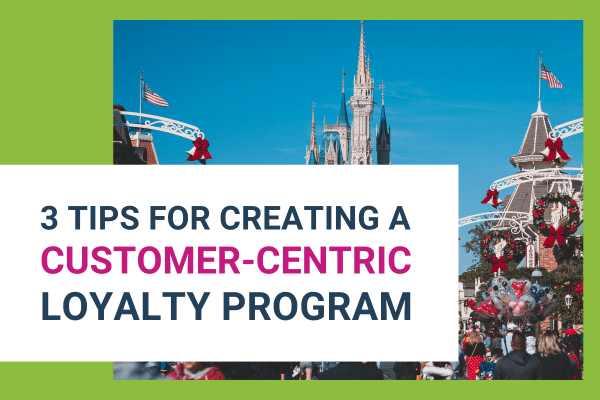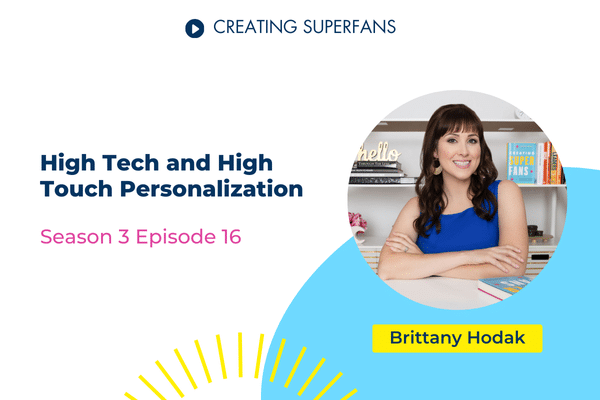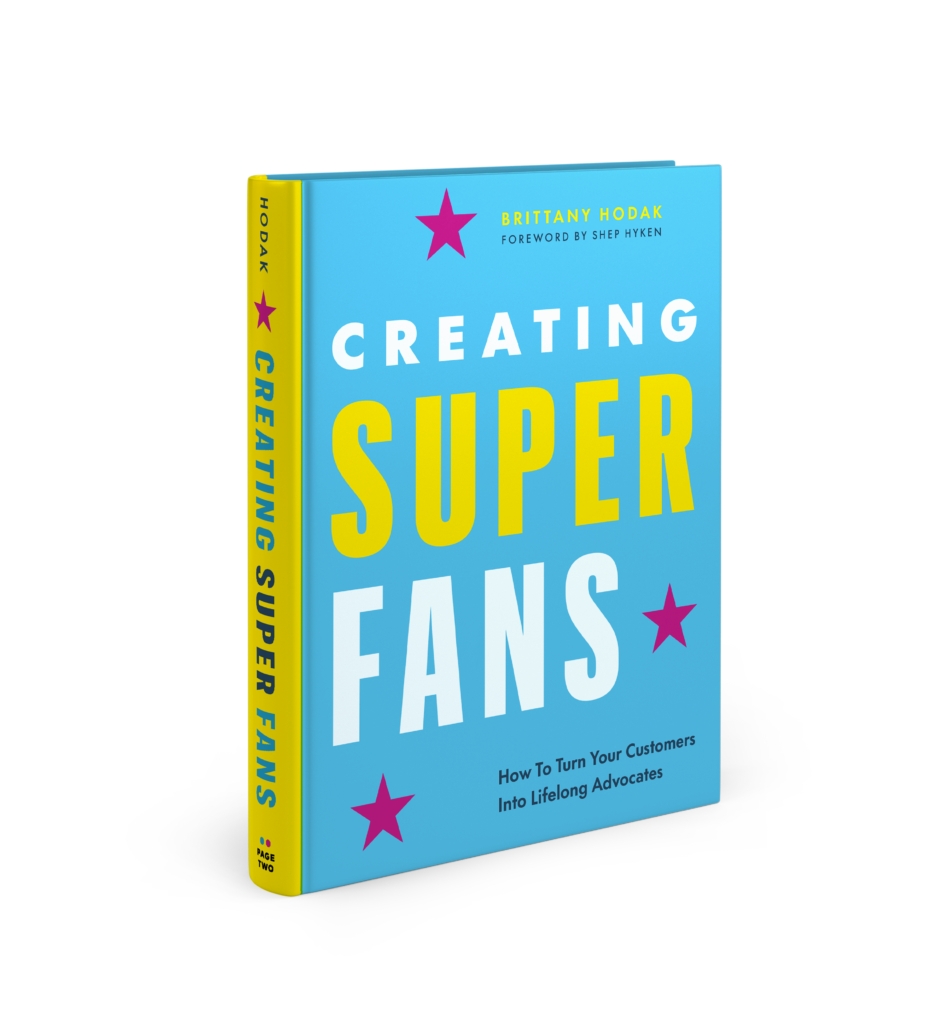Most of the brands we interact with have either a tiered loyalty program, a tiered pricing structure, or both. Companies that are truly customer-centric understand that they have to provide premium-level service at every price point. A recent family vacation reminded me of the importance of creating magic for all customers, no matter how much they’re spending or not spending with you.
If you’ve visited a theme park recently, you know that there are tons of upgrades and add-ons. My husband, boys, and I visited several theme parks in Orlando earlier this month: Magic Kingdom, Hollywood Studios, Sea World, Legoland, and the Peppa Pig Theme Park.
Everything from skip-the-line fast passes to all-day dining meals are available for purchase. You want VIP parking? No problem! Professional photos all day? You got it! Exclusive meet and greets? Done!
There were a few fun extras we opted for: At Magic Kingdom, we paid for a VIP fireworks experience with a private viewing area. At Sea World, we did a one-on-one experience with dolphins (through which my almost three-year-old cried nonstop because he wanted to go look for rolly pollies in the dirt outside of the dolphins area). We also did several character dining experiences, taking a break from the sun to dine indoors with Disney and Sesame Street characters.
When I was a kid, you just went to the theme park — and maybe, if you had saved up enough money, you would get a Fast Past. These days, the upgrade and add-on opportunities are endless and cater to guests of all ages and circumstances. So, how do you make sure everyone has a great time, regardless of how much they’re spending? And how is this relevant to your business? (It is, I promise — keep reading!)
At each of the parks, we opted for at least one upgrade — usually a middle-of-the-road one. A couple of times we went full-on VIP, but for the most part we were full-on normies. This gave me a great opportunity to observe how staff at every park ensured there was magic for guests at every dollar amount. While you can up-charge for experiences, you should never upcharge for premium service. That must be included in the cost of entry.
Designing a tiered loyalty program or pricing structure with multiple offerings is a balancing act, with a lot of similarities to theme park pricing. On the one hand, you don’t want to give away too much at the lowest level in order to entice customers to move up the ranks (like ordering season passes or upgrading from a free membership to a premium one). However, you’ve got to create an experience that’s good enough to keep your customers interested and coming back for more.
Once your customers do move up the ranks of your loyalty system, you’ve got to deliver an even more exceptional experience. They’re spending more time and money with your brand, so how can you make it worth it? Look for ways to go from good to great, and then from great to exceptional.
Whether you’re running a theme park, an online business, or anything in between, here are my tips for creating a customer-centric loyalty program.
Define your program’s objectives
This seems like an obvious one, but too many brands execute on misaligned strategies that don’t ultimately ladder up to their goals. When this happens, your customers can feel confused, or worse, disrespected. For example, upon buying a new car, a dealership would never offer you a coupon for your next vehicle to incentivize repeat purchases. Instead, they may offer competitive pricing and perks on things like oil changes or all-weather mats if you return for all of your service needs, which will in turn boost loyalty.
Define your objective for your loyalty program in order to map out the tiers and requirements accordingly. Here are a few different types of program objectives your brand may consider, including:
- Improving customer retention
- Boosting customer spending
- Gathering customer data and analytics
- Increasing engagement
- Encouraging referrals
- Upselling products, services, or experiences
At Disney, there are several tiers of passes you can purchase. For example, a standard ticket gets you access to one theme park per day, while a park hopper ticket allows you to visit more than one theme park per day. If you stay at a Disney resort, there are additional perks. In addition, there are endless add-ons for water parks, “after hours,” and VIP viewing of parades and shows within the park, just to name a few.
For many families, a vacation to Disney is considered a once-in-a-lifetime trip, so the goal of the ticketing structure is to upsell and boost customer spending while they’re at the parks.
Employing common retention tactics for non-Florida residents — like offering coupons for a future purchase or redeemable points — wouldn’t make sense for most attendees, as they may not have another trip planned anytime soon. However, bonuses like free upgrades or additional access for the current vacation make a lot of sense.
Don’t make customer service a “perk”
One of my biggest pet peeves is when a company offers support service to the premium-level customers only. Not only is it straight-up rude, it’s also a horrible business model.
According to a study by Twilio Flex, 62% of respondents have stopped using a company or service specifically because of a bad customer support experience. On the flip side, 80% of respondents are more likely to be loyal to a company in the future if they have a positive experience with their support team.
If you only offer support to your most loyal customers, then the minute your lower-tiered customers have an issue, they’ll abandon you for your competition and never move up the ranks of your system. Instead, you should train your support staff to provide premium-level service to everyone that will encourage your customers to stay with your brand and even consider an upselling opportunity.
All customers, regardless of how much they spend with your brand, deserve access to customer service. Full stop. Every problem should be corrected, whether it’s coming from a first-time customer or a longtime VIP. However, the way you serve your customers can vary based on their loyalty status.
Your most loyal customers have an emotional connection to your brand and want to feel like they matter as much to you as you do to them. Think about your own experiences as a consumer: If you’ve been loyal to an airline for 25 years, you may feel (rightfully!) entitled to swift resolution or special accommodations when issues arise.
Similarly, if you opted to pay extra for an experience, you expect that extra level of attention. At Sea World, all of the photos the professional photographer captured during our dolphin encounter were blurry. We were disappointed (especially since we’d sprung for the extra photo pass!), and when I inquired at customer service they agreed to arrange a separate photo shoot for us.
Some brands have a dedicated VIP email address or phone number that’s only available to a small segment of customers to ensure they don’t have to wait in the same queue as everyone else. Furthermore, some brands will train their representatives to offer different levels of ‘make good’ bonuses and upgrades depending on the history with the customer. Whatever your system is, make sure that every customer’s basic right to support is met.
Make it personal
The most effective loyalty programs offer personalized experiences for their customers. The more money and time you spend on a brand, the more it becomes a part of your identity. Do you know your best customers as well as they feel like they know you?
When brands fail to customize their rewards or perks, they can disappoint their customers and make them rethink why they bothered to spend all of their money on them in the first place. Have you ever been so excited to reach a special tier in a loyalty program, only to be rewarded with something you would’ve never purchased yourself?
Perhaps your reward for purchasing 20 iced coffees on your app is a pastry treat that you don’t even like. It feels like you’ve been misunderstood and that all the money you spent with the brand might not have been worth it.
One great way to incorporate personalization in your loyalty program is to offer choices. Sephora does a great job of this. When you earn a certain number of reward points (based on spending), you get to choose your trial-sized product from a half dozen or so. It’s not, “Take your mascara and like it!” but “Would you like moisturizer, mascara, lip gloss, or an eye mask?”
When you incorporate your customers’ data and preferences into your loyalty program, you can drive higher levels of engagement and brand affinity. Show your superfan customers that you get them and let them know that they are just as important to you as you are to them.
Regardless of the type of loyalty system you’re running, one thing is certain: you cannot buy superfans, you can only create them. When you put the customer and their needs at the center of all of your decisions, you’ll earn the loyalty that most businesses dream about.





